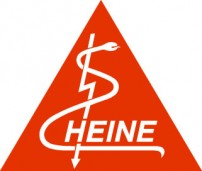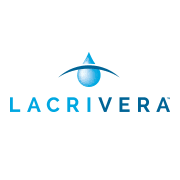-
Claudio BucoloBiomedical and Biotechnological Sciences, University of Catania, Catania, Italy
Center for Research in Ocular Pharmacology-CERFO, University of Catania, Catania, Italy -
Filippo DragoBiomedical and Biotechnological Sciences, University of Catania, Catania, Italy
Center for Research in Ocular Pharmacology-CERFO, University of Catania, Catania, Italy -
Mario R RomanoBiomedical Sciences, Humanitas University, Milano, Italy
-
Marco RaoDrug Sciences, University of Catania, Catania, Italy
-
Angelo SpadaroDrug Sciences, University of Catania, Catania, Italy
-
FootnotesCommercial Relationships Claudio Bucolo, None; Filippo Drago, None; Mario Romano, None; Marco Rao, None; Angelo Spadaro, None
Purpose : To evaluate the ability of new formulations based on an innovative synthetic brilliant blue G derivative (PBB™) to stain internal limiting membrane (ILM) in order to improve vitreoretinal surgery.
Methods : New PBB™ formulations were evaluated in enucleated porcine eyes in comparison with commercial formulations based on Brilliant Blue G (BBG) and its derivative methyl-BBG. Forty microliters of each formulation were slowly injected over the retinal surface. After 30 seconds, formulation was removed and the retinal surface was rinsed out with BSS. The peeling of ILM was carried out by forceps and the retina (RET) underneath the area of ILM peeling was also collected. The amount of the dye molecules (BBG, methyl-BBG and PBB™) in ILM and RET was detected by HPLC–DAD analysis. Statistical analysis was performed using ANOVA followed by the Bonferroni-Dunn post hoc.
Results : Among the formulations tested, PBB™ was the dye present with the highest concentration in ILM and with the lowest concentration in RET. PBB™ levels in ILM were significantly (p<0.01) higher compared to BBG and methyl BBG groups, with an increase of dye amount of 2.9- and 6.0-fold, respectively. BBG and methyl-BBG concentrations in RET were significantly (p<0.01) higher (20- and 11-fold increase in the BBG and methyl-BBG groups, respectively).
Conclusions : The high selective staining of the ILM achieved by the new synthetic PBB™ formulations may improve the surgical techniques enhancing the discrimination of retinal membranes on one hand and reducing the amount of dye that reaches the inner retina on the other, lowering the risk of iatrogenic retinal damage.
This abstract was presented at the 2019 ARVO Annual Meeting, held in Vancouver, Canada, April 28 – May 2, 2019.






















